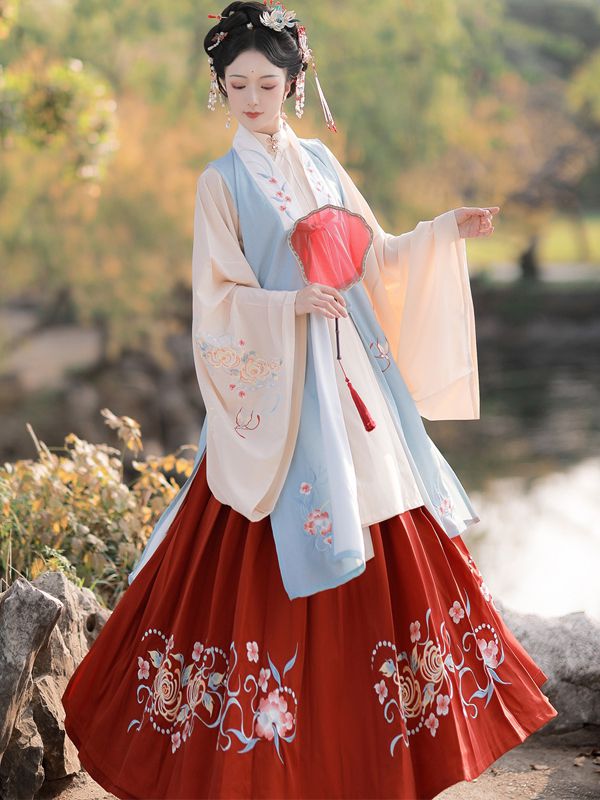From the time the first tropical shirts and dresses started to show up in Honolulu, harking back to the 1930s up until the 90s, most were made in Hawaii. Yet, just like other assembling industries in the US, Hawaiian clothing manufacturers face amazing valuing pressure from imported products. Today, it is not surprising to find stores that stock more Hawaiian clothing imported from China and Indonesia than clothes made locally. There are some upsides and downsides to this pattern.
Value: Benefit Imports
The best thing about imported Salud wear is cost. The importers, who sometimes are also neighborhood manufacturers, benefit because they can trade products at lower prices while keeping up with or increasing their net revenues. The consumer benefits from lower retail prices as well. Be that as it may, there are significant downsides. At the point when an organization imports clothing from China or Indonesia, they commonly must request hundreds of pieces for each style, print and variety. While the cost per items is significantly less than privately delivered garments, the cost advantage is offset somewhat by the huge least orders.

Selection and Adaptability: Benefit Made in Hawaii
For privately created garments, the producer must still request several thousand yards of texture, which is a significant investment. Yet rather than sinking enormous sums of cash into bringing in tremendous quantities of pre-made garments in a couple of styles and prints, they can fabricate more styles in additional prints in smaller quantities for the same measure of cash. So albeit the cost per thing is higher than imported garments, the genuine advantage is the capacity to offer a lot more prominent selection and having the adaptability to adjust creation as indicated by request and shifting customer tastes. As opposed to contend on value, which is a losing proposition, nearby manufacturers are instead contending on quality and selection. Having said that, some manufacturers are supporting their bets a piece by offering both made in Hawaii and imported garments. This allows them to serve customers at various costs and gives them experience in getting some creation overseas in case they need to add a greater amount of that to their blend from here on out.
Champ: Consumers
Eventually, this opposition is great for the consumer. The shear diversity and top notch of the Hawaii made shirts and dresses force the imports to improve. Also, the valuing pressure from the imports persuade the neighborhood manufacturers to emerge with better designs and recent trends while striving for ways to be always proficient robe chinoise satin. The result is that customers get more decision, greater and better prices. So, despite the cutthroat pressures from imported garments, numerous nearby manufacturers are surviving, yet showing that they can flourish with Made in Hawaii.

